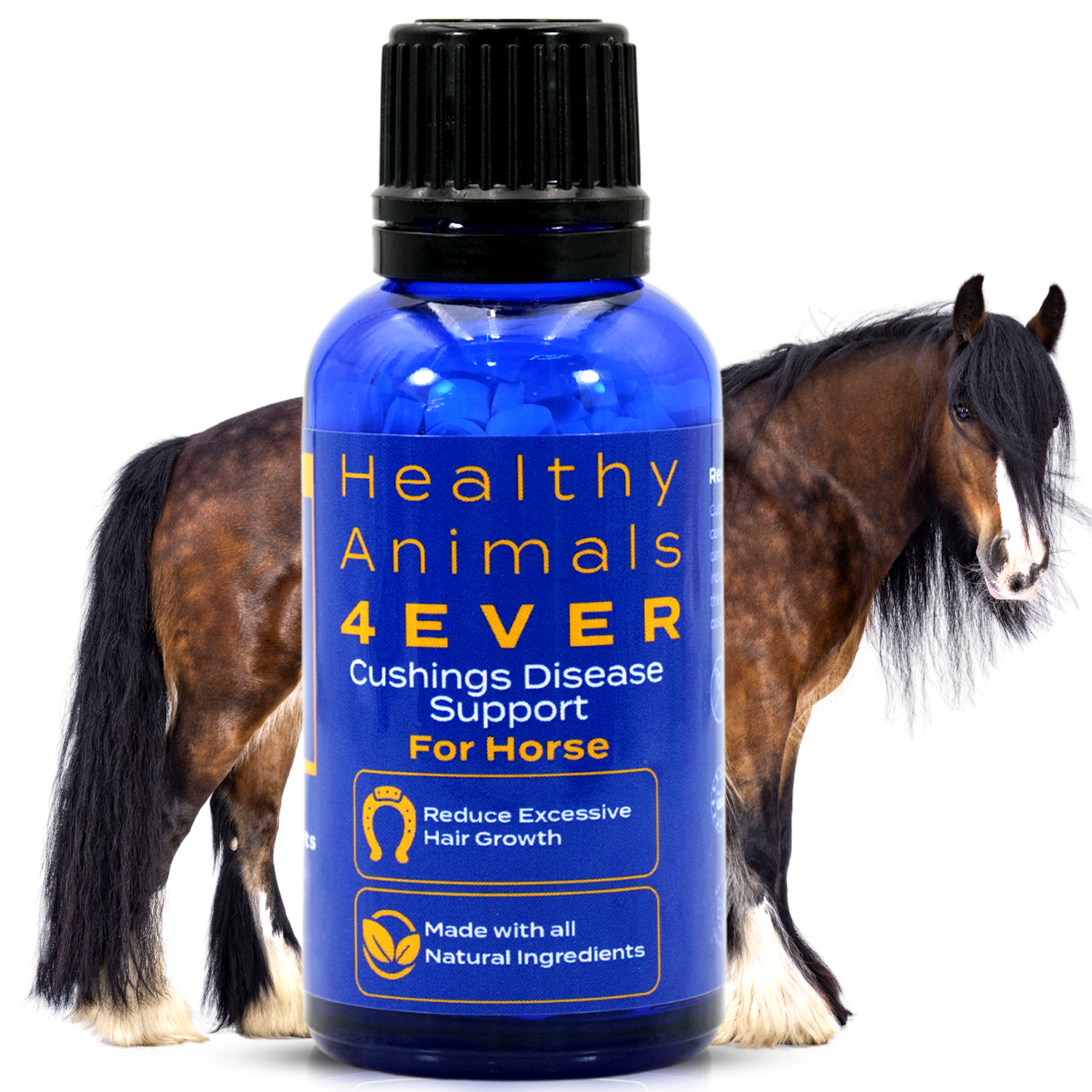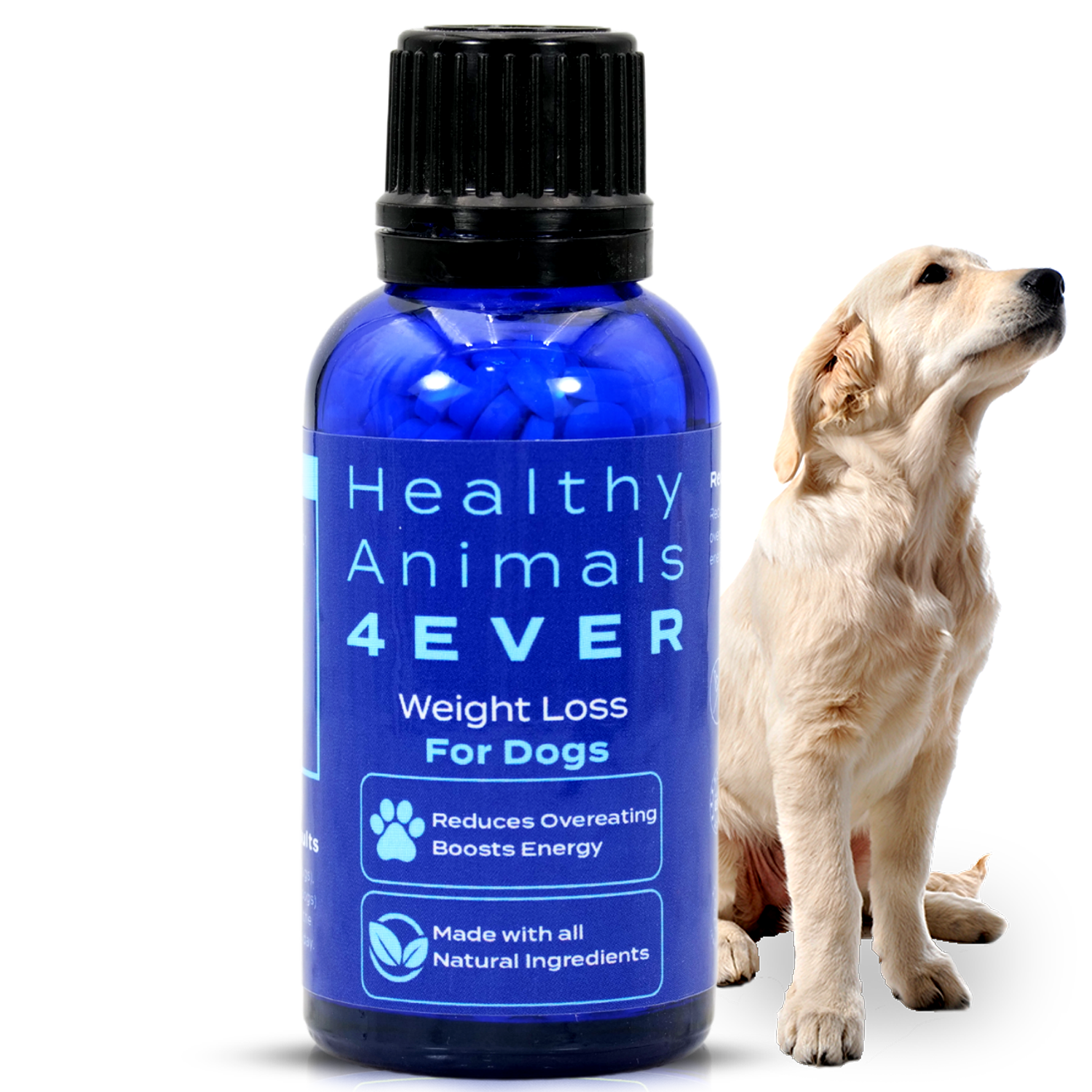A Step-By-Step Guide for Effective Dog Training At Home
Have you ever wondered why some dogs seem to effortlessly follow commands and behave well while others not so much? The secret lies in dog training, a process that shapes your pup's behavior and strengthens your special bond.
Agression and Frustraction Reduction provides natural support for aggressive dog behavior, excessive barking, nervousness, and anxiety. Helps alleviate stress and fear. All-natural formula. Easy to use.
I. Benefits of Dog Training at Home
Dog training isn't just about teaching your dog to sit, stay, or roll over on command. It's about fostering good behavior, ensuring safety, and enhancing your and your pup's overall quality of life. A well-trained dog is more likely to be welcomed in various social settings and can enjoy a broader range of experiences.
Training your dog at home offers numerous advantages. It provides a familiar environment for your dog, reducing distractions and making learning more effective. Moreover, it allows you to tailor the training to suit your dog's unique personality and your specific goals. Home training is a beautiful opportunity for you to become your dog's trusted leader and guide.

II. Preparing for Training
Creating the right environment and having the proper tools are crucial for effective training. So, let's get everything in order!
Creating a Positive Training Environment
- Choose a Quiet Space: Find a quiet and relatively distraction-free area in your home. This helps your dog focus on the training without being overly stimulated.
- Consistency is Key: Pick a consistent time for training each day. Dogs thrive on routines, and having a schedule helps them understand when to pay attention.
- Remove Distractions: Clear the training area of toys or other items that might grab your dog's attention. A focused environment will make learning easier for your pup.
Essential Training Supplies
- Treats: Invest in small, tasty treats that your dog loves. These will serve as rewards during training sessions. Ensure they are bite-sized so your dog can quickly consume them and stay focused.
- Training Leash: A standard leash is handy for training and teaching commands like 'sit' and 'stay.' Choose a lightweight and comfortable leash for your dog.
- Clicker (Optional): A clicker can be a helpful training tool. It provides a distinct sound to mark the exact moment your dog performs a desired behavior, making it easier for them to understand what you're praising.
- Training Mat or Blanket: Designate a specific area for training using a mat or blanket. This creates a visual cue for your dog that it's time to focus on learning.
Weight Loss provides natural support to reduce overeating in dogs. Energy-boosting formula. Promotes healthy elimination of extra body weight. All-natural formula. Easy to use.
Setting Realistic Goals
- Start Small: Set achievable goals for each training session. Begin with basic commands like 'sit' and 'stay' before progressing to more advanced tricks.
- Be Patient: Dogs learn at their own pace. Stay patient and positive, even if progress seems slow. Consistency and repetition are critical elements of successful training.
- Celebrate Small Wins: Celebrate every small success. Whether it's a perfectly executed 'sit' or a successful recall, acknowledging your dog's efforts builds their confidence and motivation.

III. Basic Training Commands
The following basic training commands create a strong foundation for communication and understanding between you and your dog.
Sit Command
- Proper Technique: Hold a treat close to your dog's nose, then slowly lift it upward and slightly back over their head. As your dog follows the treat, their bottom will naturally lower into a sitting position. Once they sit, say "sit" and give them the treat.
- Common Mistakes to Avoid: Avoid pushing your dog's bottom down or forcing them into the sit position. The idea is for them to associate the action with the command willingly.
- Reinforcement Methods: Consistently reward your dog with treats and praise every time they successfully sit. This positive reinforcement encourages them to repeat the behavior.
Stay Command
- Building Duration: Start with a short 'stay' duration, like a few seconds. Gradually increase the time as your dog becomes more comfortable. Use the 'stay' command and reward them for staying in place.
- Distraction Training: Introduce distractions gradually, such as a toy or another person. Encourage your dog to stay in place despite these distractions, rewarding them when they succeed.
- Positive Reinforcement: Positive reinforcement is crucial for the 'stay' command. Praise and treat your dog when they follow the command, reinforcing that staying in place is good behavior.
Lie Down Command
- Training Process: Start with your dog in a sitting position. Hold a treat in front of their nose, then lower it straight to the ground. As your dog follows the treat, they'll naturally lie down. Once they're down, say "down" and reward them.
- Troubleshooting Challenges: If your dog struggles to lie down, break the action into smaller steps. Reward them for any progress toward lying down, gradually shaping the behavior.
- Incorporating Hand Signals: Introduce hand signals along with verbal commands. For 'lie down,' you might use a flat hand moving downward. This provides an additional cue for your dog.

IV. Leash Training
Leash training is an ongoing process that requires patience and consistency. This training ensures your dog's safety and allows for more enjoyable walks.
Loose Leash Walking
- Introducing the Leash: Start by allowing your dog to get used to wearing the leash indoors. Attach the leash and let them move freely, getting comfortable with the added weight.
- Positive Reinforcement for Walking Nicely: Begin walking with your dog on a loose leash. When they walk beside you without pulling, reward them with treats and praise. Consistency is crucial; reward them each time they maintain a relaxed leash.
- Addressing Pulling Behaviors: If your dog starts pulling, stop walking and wait for them to return to your side. When they do, reward and resume walking. This teaches them that pulling doesn't lead to progress, but walking beside you does.
Recall Training
- Building a Reliable Recall: Practice the 'come' or 'here' command in a secure, enclosed space. Use a happy and inviting tone, rewarding your dog when they respond by coming to you. Gradually increase the distance as they become more reliable.
- Incorporating Distractions: Gradually introduce distractions, such as other dogs or enticing scents, while practicing recall. This helps your dog learn to come to you despite tempting distractions.
- Celebrating Successes: Each successful recall deserves celebration. Shower your dog with praise, treats, and affection. This positive reinforcement strengthens their understanding that coming when called is a rewarding behavior.

V. Behavior Management
Understanding and managing your dog's behavior is crucial to effective training. In this section, we'll explore how to address unwanted behaviors and reinforce positive ones, fostering a well-balanced and harmonious relationship with your pup.
Addressing Unwanted Behaviors
- Barking: Identify the cause of excessive barking, whether boredom, excitement, or a reaction to stimuli. Use commands like 'quiet' and reward them when they stop barking. Consistency is critical in curbing this behavior.
- Chewing: Dogs explore the world through their mouths, but destructive chewing can be problematic. Provide appropriate chew toys and redirect their attention when you catch them chewing on inappropriate items. Consistent redirection helps them learn what's acceptable to chew.
- Jumping: While jumping is a natural dog behavior, it can be undesirable in certain situations. Teach the 'off' command by gently pushing them down and rewarding them for having all four paws on the ground. Consistent reinforcement helps them understand the desired behavior.
All Digestive provides natural digestive support for dogs. Helps with stomach upset, diarrhea, and gastritis. It aids in restoring digestive balance and your pet's comfort. All-natural formula. Easy to use.
Positive Reinforcement for Good Behavior
- Rewards and Treats: Use treats as rewards for good behavior during training. Choose treats your dog finds highly motivating. Additionally, incorporate verbal praise and physical affection to reinforce positive actions.
- Verbal Praise: Dogs respond well to positive vocal cues. Use an upbeat and encouraging tone when praising them for following commands or exhibiting good behavior. This helps strengthen the connection between positive actions and positive reinforcement.
- Physical Affection: Dogs thrive on physical touch. Petting, cuddling, or a good belly rub can be powerful rewards for your dog's good behavior. Adjust the level of affection based on your dog's preferences.

VI. Advanced Training Techniques
Now that your dog has mastered the basics, let’s learn how to add some excitement to their routine. Engaging in trick training and agility exercises can be fun and provides mental and physical stimulation. Remember to keep sessions short, upbeat, and rewarding to keep your dog enthusiastic about learning.
Teaching Tricks
- Shake Hands: Begin by having your dog sit. Gently lift one of their paws with your hand and say "shake" or any chosen command. Reward them with treats and praise when they offer their paw willingly. Repeat until they get the hang of it.
- Roll Over: Start with your dog in a 'down' position. Hold a treat close to their nose, then slowly move it circularly towards their shoulder. As they follow the treat, they'll naturally roll over. Say "roll over" and reward them when they complete the action.
- Play Dead: Gently guide your dog from the' down' position onto their side. Say "play dead" or your chosen command and reward them for staying in that position. Gradually increase the duration before rewarding, building up to a playful "bang" or similar cue.
More Energy is a natural energy-booster remedy for all dogs. Provides multi-mineral support to promote healing, repair cells, and boost metabolic function. It helps older dogs cope with weakness, fatigue, and other health problems associated with aging. All-natural formula. Easy to use.
Agility Training
- Building an Agility Course: Set up a simple agility course using household items like tunnels, cones, or low hurdles. Introduce one element at a time, encouraging your dog to navigate through or over each obstacle.
- Introducing Obstacles: Use treats and positive reinforcement to guide your dog through the course. Take it slow, allowing them to gain confidence with each obstacle. Use commands like 'jump,' 'tunnel,' or 'weave' to cue specific actions.
Positive Encouragement: As your dog successfully navigates the agility course, shower them with praise, treats, and affection. The goal is to make the experience enjoyable and build their confidence in overcoming challenges.

VII. Ongoing Training and Socialization
Training is a continuous process that evolves as your dog grows and learns. This section focuses on maintaining consistency in training, socializing your dog with others, and addressing common challenges that may arise throughout your dog's life.
Consistency in Training
- Regular Practice: Regularly practicing is essential even after your dog has learned basic commands and tricks. Short, frequent sessions reinforce their training and keep their skills sharp.
- Introduce New Challenges: Gradually increase the difficulty of commands or add new tricks to stimulate your dog mentally. This prevents boredom and encourages ongoing learning.
- Stay Positive: Maintain a positive and encouraging training environment. Dogs respond well to upbeat tones and rewards, so use treats, praise, and affection as motivation.
Socializing Your Dog
- Exposure to Various Environments: Expose your dog to different environments, people, and situations. This helps them become more adaptable and comfortable in various settings.
- Interactions with Other Dogs: Allow controlled interactions with other dogs. This helps your dog develop social skills, learn proper behavior, and build confidence around their canine peers.
- Positive Experiences: Ensure that social experiences are favorable for your dog. Reward them for calm and friendly behavior during interactions. If they display nervousness, reassure them with a calm demeanor.
Anxiety and Over-Reaction From Fear is a natural remedy for calmness and reduced fear in dogs. It helps minimize stress and fear responses. Useful for generalized, separation, social, and environmental anxiety. All-natural formula. Non-drowsy relief. Easy to use.
Troubleshooting Common Challenges
- Handling Distractions: Practice commands in the presence of distractions. Gradually expose your dog to distractions and reward them for focusing on your commands.
- Addressing Regression: If your dog starts to regress in their training, revisit the basics. Reinforce fundamental commands and gradually reintroduce more advanced training. Consistency is critical to overcoming setbacks.
- Seek Professional Guidance: If you encounter persistent challenges, consider seeking advice from a professional dog trainer. They can provide tailored strategies to address specific issues and guide you through more advanced training.
-
Continued Learning: The dog training world is vast, and there's always more to discover. Explore books and online resources, and even consider advanced training classes to continue expanding your knowledge and skills. Here are two excellent sources:
- The Dog Whisperer is a nationally syndicated show about dog training. The website for this show is called "Cesar's Way."
- IAMS has some helpful pointers for problem behaviors.

The Bottom Line
As you continue the adventure with your well-trained and happy dog, remember that each day is an opportunity for new discoveries and shared experiences. The strong foundation you've built through training will be the cornerstone for a fulfilling and joyful life together.
Thank you for investing time and dedication into your dog's training. Wishing you and your pup many more tail-wagging moments in the future! Good luck, and have fun training your dog at home.
You may also like the following:













